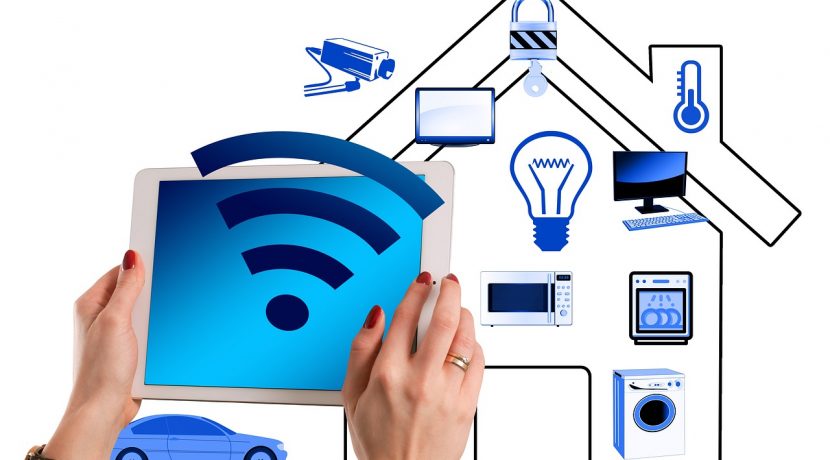Light your home, sustainably
Lighting innovations that support the sustainability and eco-design drive have been the norm in the past decade. But what does sustainable lighting really mean? And how can end users and consumers join in to reap its long-term benefits? PW spoke with a few experts to find out.
“Sustainable lighting is a broad subject — it can often and easily be misinterpreted to simply mean energy-efficient lighting,” says Scott Coombes, director and partner at AESG, a specialist consultancy in sustainability, energy and environment. “The reality is that to make something sustainable, it needs to holistically achieve preservation and protection of resources and our way of life.
“Some examples would include reducing or reusing materials, selecting materials that help protect the environment or that can be locally and easily sourced, sustaining culture and tradition, reducing toxicity and chemical use, maintaining health and wellbeing, etc
Yasmin Farahmandy, interior designer at Gensler Dubai, further points out that practices or objects of lighting design are considered green and sustainable only in reference to low-energy consumption, which is rather limiting.
“Mostly the term LED light is the explanation [for sustainable lighting]. I personally believe, as a hospitality and furniture designer, that designing a sustainable light goes beyond the focus on the kind of bulb you would use,” Farahmandy explains. “Key elements to achieve sustainability are the easy assembly and disassembly process, as well as the materials employed. These need to be sourced locally as much as possible in order not to generate extra carbon emissions through transportation. Finally, it should also be recyclable or re-usable after its primary function is over.”
Benefits
Whether long term or short term, sustainable lighting has key benefits, both in terms of energy conservation and financial savings. However, experts caution that financial gains cannot be the sole motivation for switching to a sustainable lifestyle as it might not be conducive to achieving sustainability. A sustainability habit should kick in primarily because it is good for the environment, with short-term financial savings being the added bonus.
“The benefits of products like sustainable lighting are substantial, probably the greatest of which is the ability to maintain our way of life in the long term and for future generations,” explains Coombes. “In the short term, consumers and end users would also benefit from reduced electricity costs and a lower ecological footprint.”
Residential communities
Coombes explains that while building end users and owners would typically benefit from cost savings from low-power lighting, the reduced consumption per home has a bigger cumulative effect. “At a community level the benefits of low-energy lighting are colossal,” he says. “Consider the fact that power plants need to generate around three times more energy than what you actually use at your plug socket to account for efficiency losses through the network. So for each watt you save in your home, that is effectively 3 watts saved at the power source. If every household in the UAE completely switched to LED, that would result in huge reductions in our carbon emissions, reduced infrastructure, fewer power plants.”
Given the awareness level of the current generation on environmental issues, Farahmandy believes sustainable lighting is no longer just one of the choices. “Sustainable lighting is less than an option today, it is almost a basic necessity, in every project that we conceive as well as in the residential and commercial arenas, as it substantially improves the quality of people’s lives,” she says. “In today’s world, we all are environmentally conscious and want to find solutions to improve our daily comfort, and also to save energy and reduce carbon footprint.”
Adoption of sustainable lighting
While sustainable lighting is crucial to residential communities and buildings, Farahmandy believes it is still a challenge to convince stakeholders of the long-term benefits due to price: non-sustainable lighting products are cheaper. Farahmandy says designers can play a crucial role in educating customers and integrating sustainability into design practices.
If a space is sustainable but is not aesthetically pleasing, people would not fully appreciate its environmental friendliness, and they would not be encouraged to implement it in their homes or communities.
Yasmin Farahmandy
“At Gensler we take sustainability very seriously — not only do we have an in-house sustainability specialist, but we see this as a responsibility and are totally committed to educating our clients and making a big impact in our projects,” she says.
Thinking of changing those bulbs? Stop!
While switching to sustainable lighting is encouraged, experts say an unplanned approach can be counterproductive. “If you are looking to change your bulbs, it is usually best to wait until a bulb needs replacing and swap it out at that time with a more efficient alternative,” says Coombes. “Bear in mind that removing and throwing away multiple perfectly functioning bulbs isn’t particularly sustainable either.”
Future of lighting
For sustainable lighting to truly appeal to the wider public, experts say the products must also have a more tangible impact. “Sustainability needs to be paired with aesthetics, especially in living environments, interiors in particular,” says Farahmandy. “If a space is sustainable but is not aesthetically pleasing, people would not fully appreciate its environmental friendliness, and they would not be encouraged to implement it in their homes or communities.”
All rights reserved to the initial publisher for Gulf News
Collected and published by Arms &McGregor International Realty® editorial team. Get in touch with us at [email protected]

